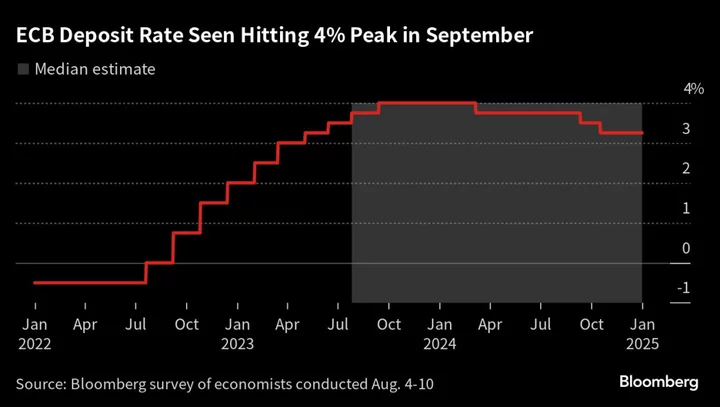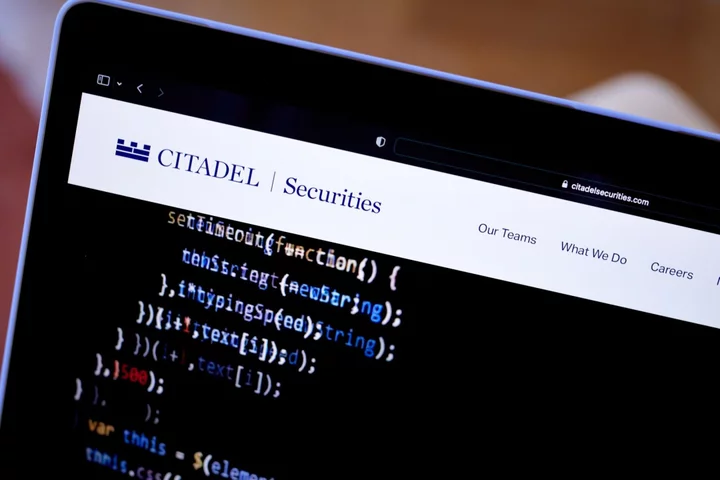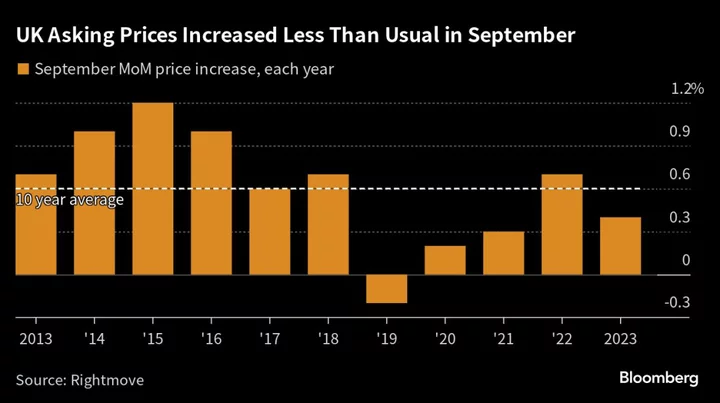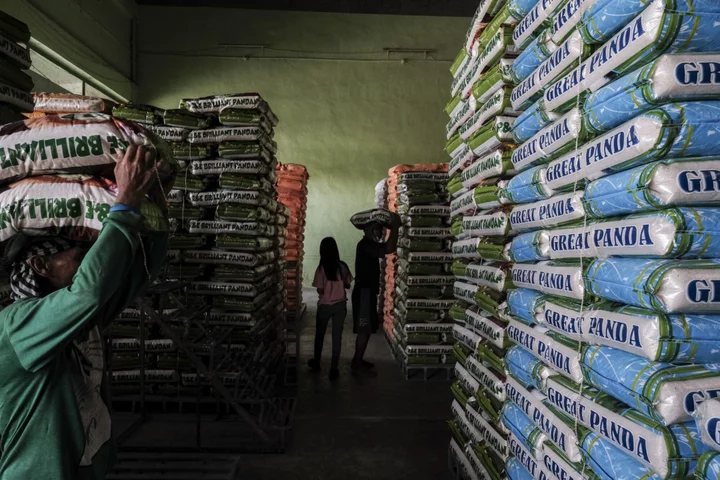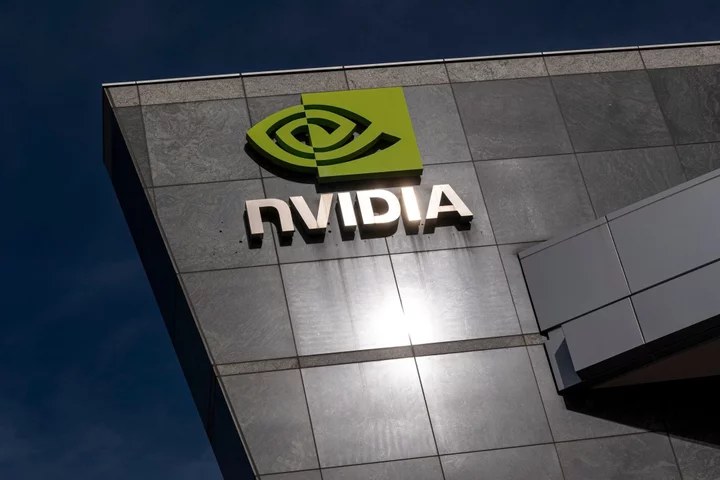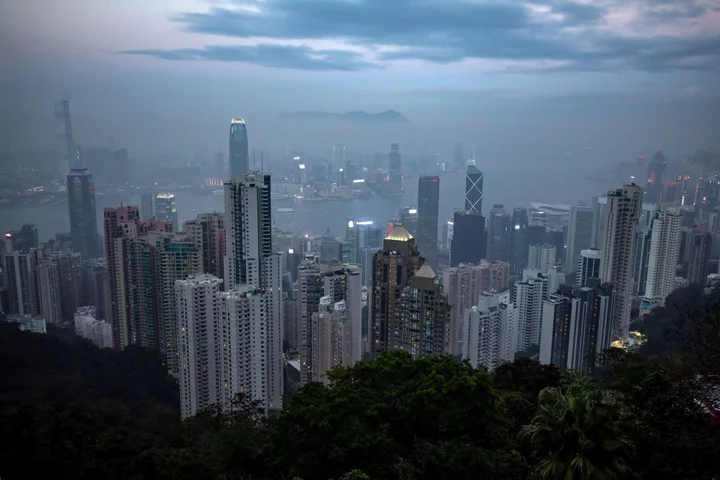Australia’s inflation rate slowed more than expected in the three months through June, reflecting global trends and bolstering the case for the Reserve Bank to pause again at next week’s policy meeting.
The consumer price index advanced 6% in the second quarter from a year earlier, less than economists’ estimate of 6.2%, Australian Bureau of Statistics data showed Wednesday. The RBA currently expects inflation to return to the top of its 2-3% target by mid-2025.
The easing in prices will be welcomed by Governor Philip Lowe who says the RBA is now in data-dependent mode after raising interest rates 12 times over the past 15 months. Expectations that the result will allow the central bank to stand pat on Tuesday saw the Australian dollar extend losses and the yield on policy-sensitive three-year bonds fall, while stocks rose.
“This marks the second consecutive quarter of lower annual inflation, also known as ‘disinflation,’ from the peak of 7.8% in the December 2022 quarter,” Michelle Marquardt, ABS head of prices statistics, said in a statement.
Wednesday’s data comes after US consumer prices decelerated to a more than two-year low in June, with key measures of underlying inflation coming in below forecasts. Australia’s CPI reading follows reports suggesting its economy remains resilient, putting the central bank on track to engineer a soft landing while cooling prices.
Australia’s central bank has moved at a more cautious pace than global counterparts, having raised rates by 4 percentage points compared with 5.25 by nearby New Zealand and 5 points by the US.
Federal Reserve policymakers are poised to hike rates to the highest level in 22 years at this week’s meeting.
The RBA paused this month to assess the impact of its tightening campaign amid a mixed economic picture — consumers are downbeat while corporate confidence is holding up. Australians with mortgages are battening down the hatches as they are forced to allocate a rising proportion of their incomes to repayments. Retail sales data due on Friday are expected to show household spending stagnated last month.
Traders scaled back expectation of a rate hike next week, with swaps linked to Tuesday’s meeting pricing about a one-in-three chance, down from roughly 50-50 prior to the release.
On the flip side, the labor market persists in defying the RBA’s rate hikes with hiring staying strong and the jobless rate holding at a downwardly revised 3.5% last month. Still, unemployment is typically a lagging economic indicator.
Wednesday’s report showed the annual trimmed-mean gauge — that smooths volatile items and is closely monitored by the RBA — rose 5.9% last quarter from a year earlier, down from 6.6% in the first three months of the year.
Today’s quarterly CPI report showed:
- The most significant contributors to the annual increase in the second quarter were new dwellings, jumping 7.8%, rents, up 6.7%, and domestic holiday travel and accommodation, surging 13.9%
- Annual inflation for services rose to 6.3%, up from 6.1% in the March quarter and is the highest since 2001
- On a quarterly basis, rents recorded the strongest rise since 1988, reflecting low vacancy rates amid a tight rental market, the ABS said
- International travel costs also rose from the first three months of the year, driven by higher demand, particularly to Europe with the start of the summer peak season
- Partly offsetting those quarterly gains were price falls for domestic holiday travel and accommodation, down 7.2%, electricity costs slid 1.8%, clothing accessories fell 2.2% and automotive fuel was 0.7% lower
--With assistance from Tomoko Sato and Matthew Burgess.
(Adds chart, further details from report)


